In a previous post, we briefly introduced broadband antennas and their various types. In this post, we will further discus one particular type of broadband antenna: the Vivaldi antenna.
The Vivaldi antenna, also known as a tapered slot antenna (TSA), is a type of linear-polarized planar antenna invented by Peter Gibson in 1978, who originally called it the Vivaldi Aerial.
A slot antenna, made from a metal ground plane, is named for the one or more holes or “slots” cut out of it. When the plate is excited by a radio frequency current, electromagnetic waves radiate from the slot. A Vivaldi’s upper frequency is limited by the width of the gap, while the lower frequency is limited by the size of the opening. The shape and size of the slot also determines the antenna’s radiation pattern. The Vivaldi antenna is referred to as a tapered slot antenna because its symmetrical radiating elements taper outward from its slot line.
Vivaldi antennas are usually fabricated from a solid piece of sheet metal like thin copper sheets, a printed circuit board, or from a dielectric plate that is metalized on one or both sides.
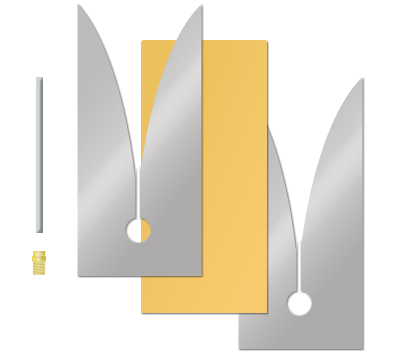
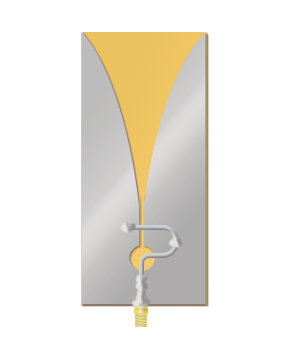
A simple Vivaldi incorporates a “feed line,” usually a coaxial cable that would connect the antenna to its radio transmitter or receiver via an RF connector.
The Vivaldi’s broadband characteristics make them suitable for ultra-wideband (UWB) signals.
To put briefly, UWB refers to a technology for transmitting information across a wide bandwidth over 500MHz. UVB applications include radar imaging, precision locating, and sensor systems.
Vivaldis also provide a number of other advantages. In addition to providing high peak value for the pulse envelope during radar applications, Vivaldi antennas are also useful for impedance matching. Also, similar to log periodic antennas and fractal antennas, Vivaldis can be scaled for use at any frequency. Additionally, they are characteristically low-profile due to their flat construction.
A dual-polarized Vivaldi is comprised of two coplanar horizontal and two coplanar vertical elements arranged into an array that is symmetric around its axis. These elements are driven with equal phase and amplitude excitation, allowing the antenna to achieve a broadside pattern.
JEM Engineering boast nearly two decades of experience in designing flight-qualified Vivaldi antennas suitable for our clients’ specific requirements.
At our in-house rapid prototyping facilities, we manufacture cutting-edge antenna products and deliver custom solutions. In addition to our two testing chambers, we employ a variety of high-tech tools to support that mission. Our customers also get the added benefit of working with the same testing partners who help us qualify our antennas.
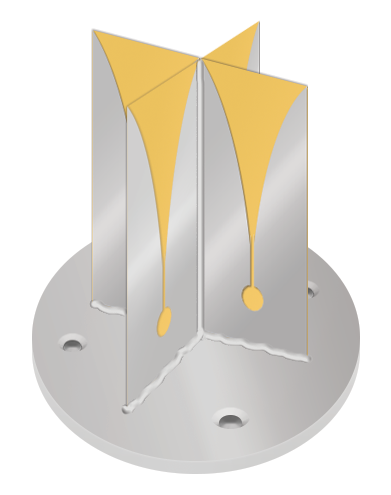
Latest Posts
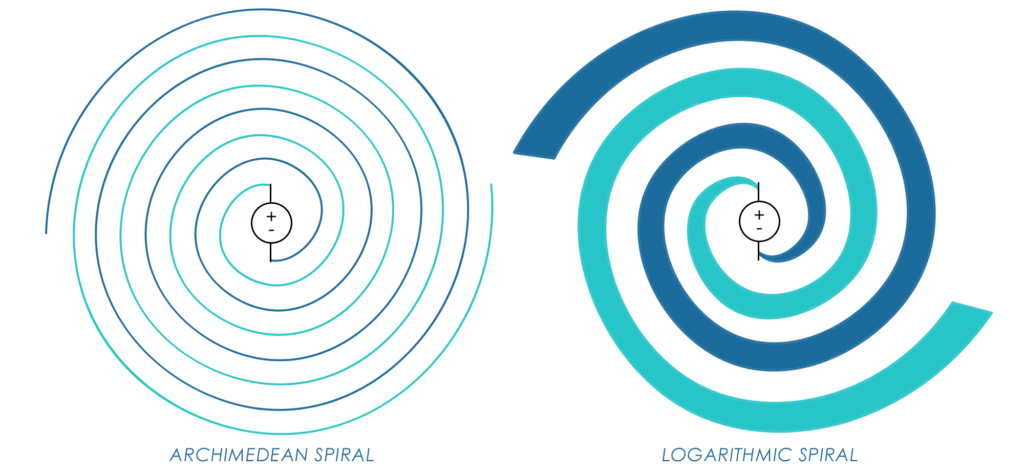
Large Bandwidths in Small Packages: Spiral Antennas
Spiral antennas are a type of frequency independent antenna first introduced in the 1950s. Their spiral design allows them to be relatively small.
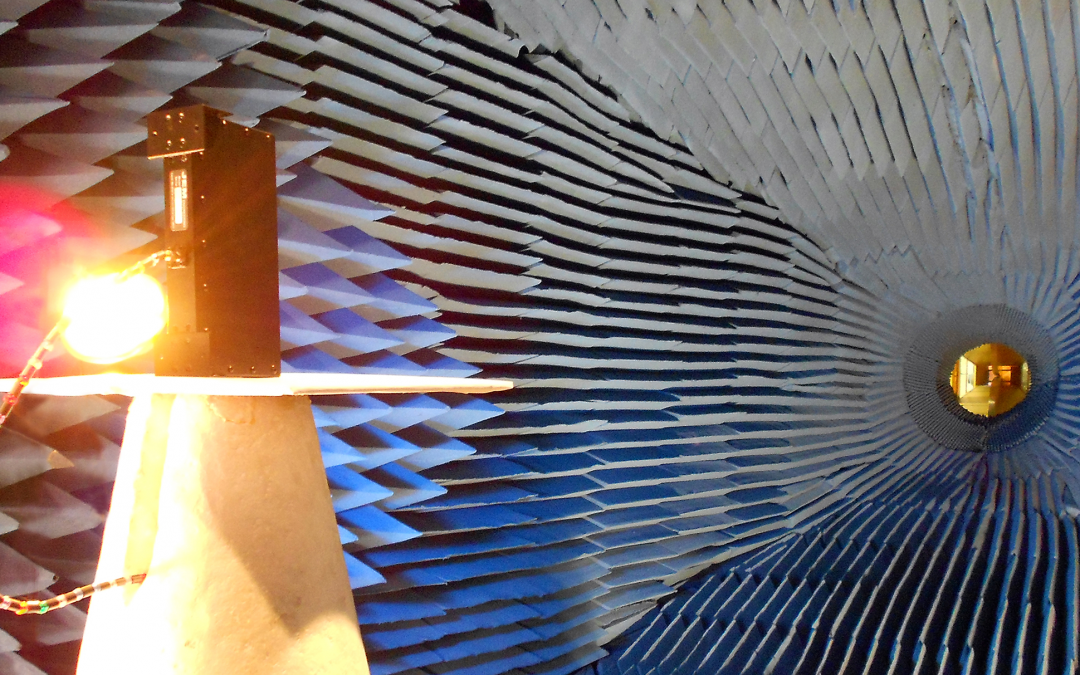
Radiofrequency Test Fixtures
Dielectric (non-conductive) materials, such as foam and wood, for example, are ideal for test fixturing.
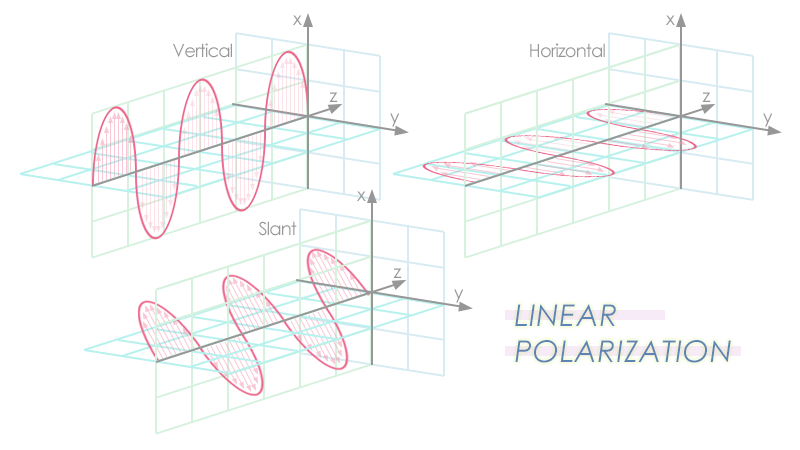
Intro to Antenna Polarization
The polarization of an antenna is loosely defined as the direction of the electromagnetic fields produced by the antenna as energy radiates away from it.
